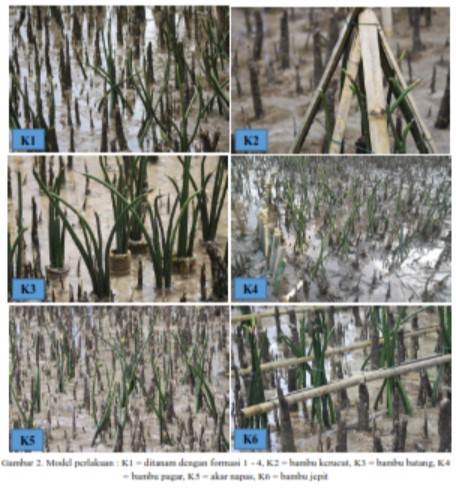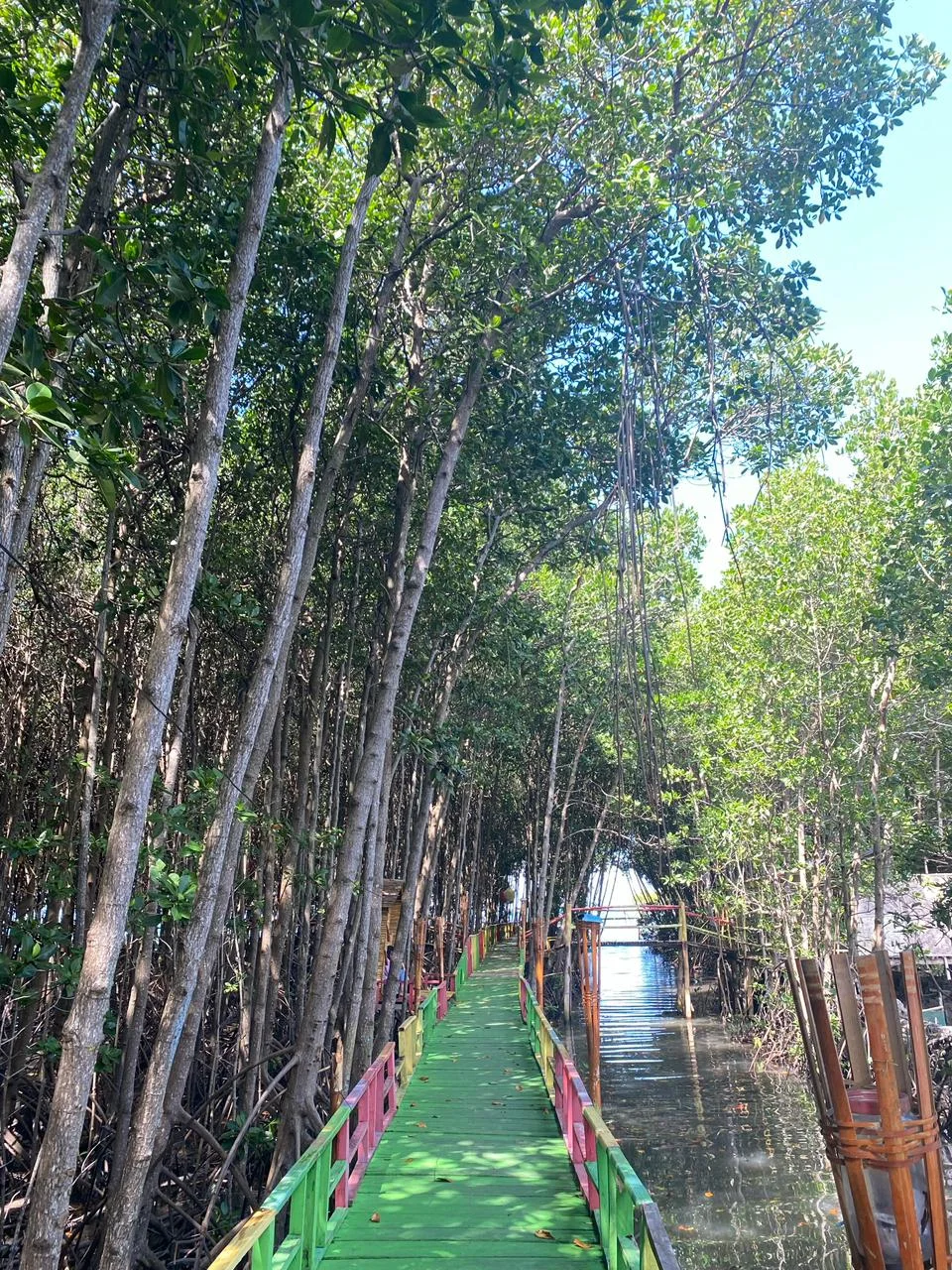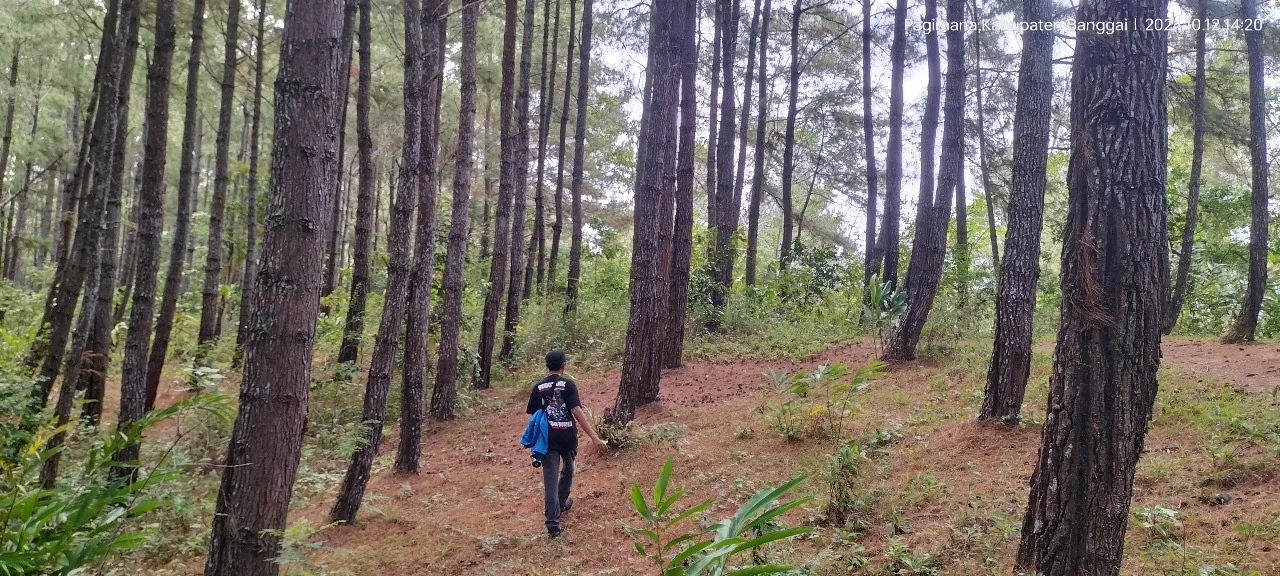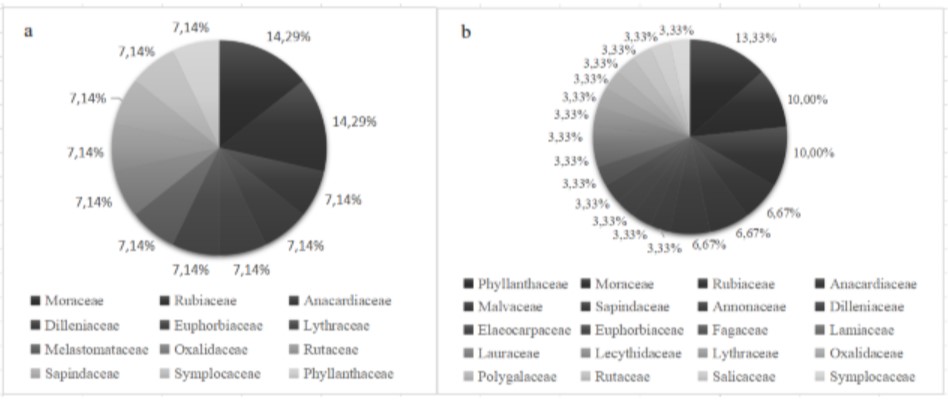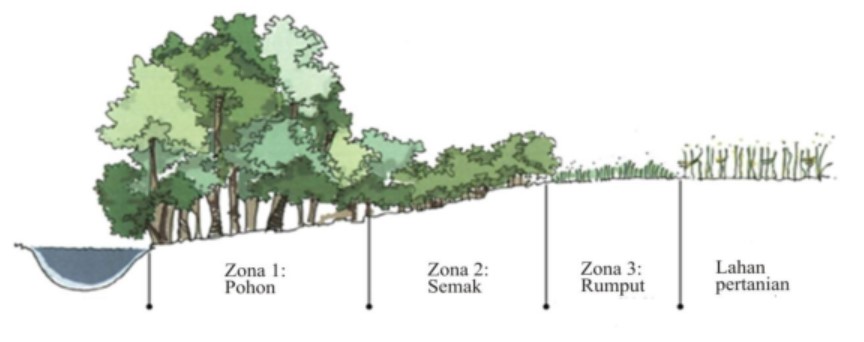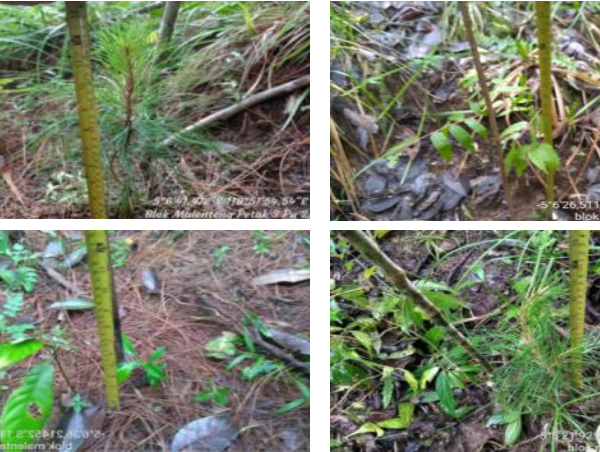Mangrove Rehabilitation at Alo Beach (Karakelang Islands, Talaud) Using Propagul of Rhizophora mucronata Lamk
Abstract
This study aimed to know the dynamic of survival rate and growth of Rhizophora mucronata Lamk which planted by using propagules at Alo Beach, Karakelang Island, Talaud. The study was conducted from June 2013 to April 2017, used a complete randomized design with 6 treatments i.e. K1, K2, K3, K4, K5, K6. The amount of propagules in every treatment were 100 pieces each. The parameter observed were characteristic of substrat, survival rate,height and diameter of the plant’s in age of 1.5 months and 48 months. The results showed that treatment had a significant effect on survival rate and growth of Rhizophora mucronata plants. The rehabilitation was categorized as success at 1.5 months old, but it was failed inthe 48 months. Beside waves and tides, low substrat nutrition became the main factor that affect the success of mangrove rehabilitation in Alo Beach.The K5 treatment has the highest survival and growth rate of the plant. The K5 treatment using pnematophore as brace, while planting without brace/K1 has lowest survival and growth rate since months old.
Hak Cipta (c) 2017 Jurnal Wasian

Artikel ini berlisensi Creative Commons Attribution-NonCommercial 4.0 International License.
Copyright and License
All articles published in Wasian Journal are the property of the authors. By submitting an article to Wasian Journal, authors agree to the following terms:
-
Copyright Ownership: The author(s) retain copyright and full publishing rights without restrictions. Authors grant the journal the right to publish the work first and to distribute it as open access under a Creative Commons Attribution 4.0 International License (CC BY 4.0).
-
Licensing: Articles published in Wasian Journal are licensed under a Creative Commons Attribution 4.0 International License (CC BY 4.0). This license allows others to share, copy, and redistribute the material in any medium or format, and adapt, remix, transform, and build upon the material for any purpose, even commercially, provided that proper credit is given to the original author(s) and the source of the material

This work is licensed under a Creative Commons Attribution 4.0 International License. -
Author's Rights: Authors are permitted and encouraged to post their work online (e.g., in institutional repositories or on their website) prior to and during the submission process, as it can lead to productive exchanges and greater citation of published work.
-
Third-Party Content: If your article contains material (e.g., images, tables, or figures) for which you do not hold copyright, you must obtain permission from the copyright holder to use the material in your article. This permission must include the right for you to grant the journal the rights described above.
-
Reprints and Distribution: Authors have the right to distribute the final published version of their work (e.g., post it to an institutional repository or publish it in a book), provided that the original publication in Wasian Journal is acknowledged.
For the reader you are free to:
- Share — copy and redistribute the material in any medium or format for any purpose, even commercially.
- Adapt — remix, transform, and build upon the material for any purpose, even commercially.
- The licensor cannot revoke these freedoms as long as you follow the license terms.
Under the following terms:
- Attribution — You must give appropriate credit , provide a link to the license, and indicate if changes were made . You may do so in any reasonable manner, but not in any way that suggests the licensor endorses you or your use.
- No additional restrictions — You may not apply legal terms or technological measures that legally restrict others from doing anything the license permits.
Notices:
You do not have to comply with the license for elements of the material in the public domain or where your use is permitted by an applicable exception or limitation .
No warranties are given. The license may not give you all of the permissions necessary for your intended use. For example, other rights such as publicity, privacy, or moral rightsmay limit how you use the material.
Artikel paling banyak dibaca berdasarkan penulis yang sama
- Ady Suryawan Ady , Arif Irawan Arif , The Effect of Weaning Tecnique to Survival Rate and Height Growth of Nyamplung (Calophyllum inophyllum) Plant , Jurnal Wasian: Vol 4 No 1 (2017): June

